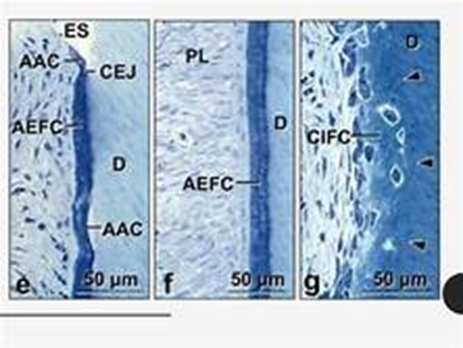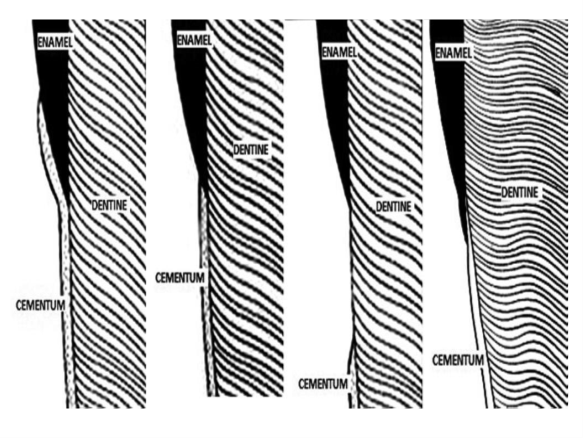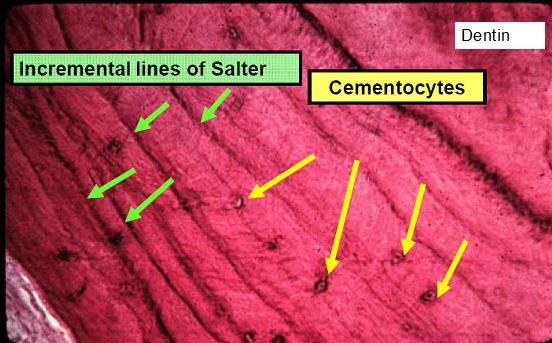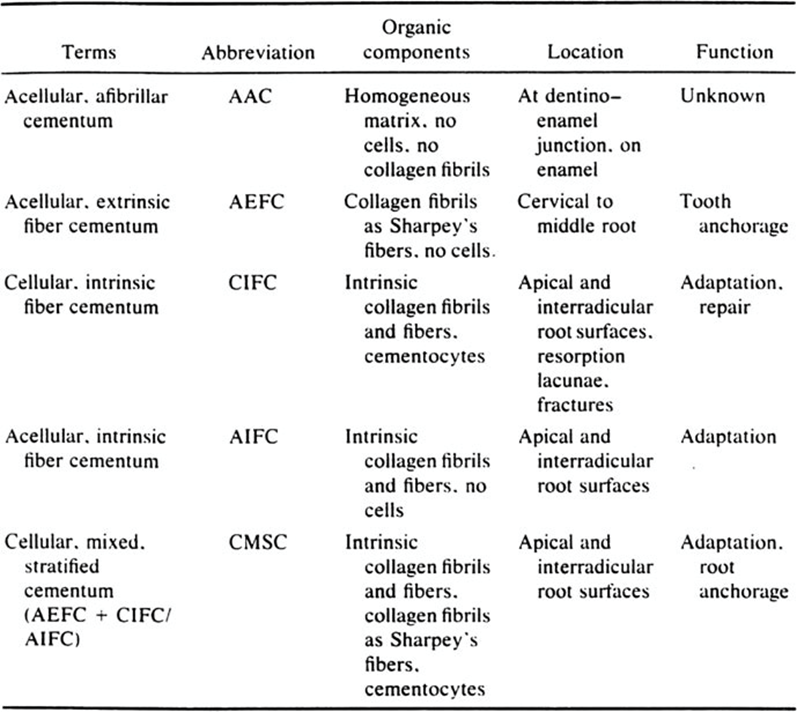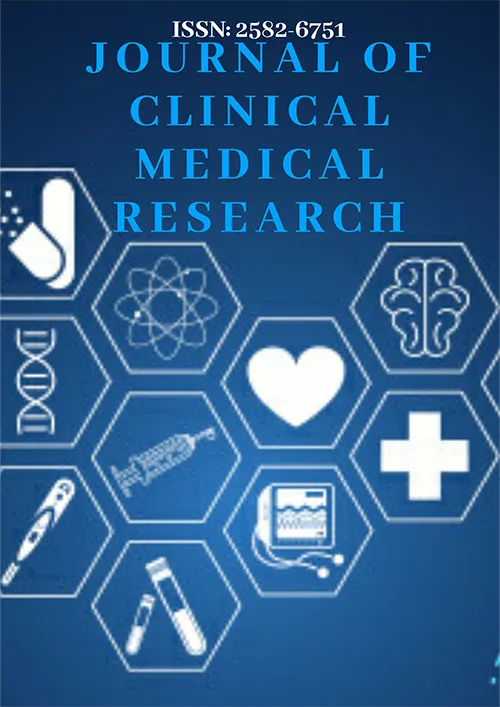Cementum: Composition, Formation and Regeneration
Michel Goldberg1*
1Department of Oral Biology, Faculty of Fundamental and Biomedical Sciences, INSERM UMR-S 1124 Paris Cite University, France
*Corresponding Author: Michel Goldberg, Department of Oral Biology, Faculty of Fundamental and Biomedical Sciences, INSERM UMR-S 1124 Paris Cite University, France; Email: [email protected]
Published Date: 24-02-2022
Copyright© 2022 by Goldberg M. All rights reserved. This is an open access article distributed under the terms of the Creative Commons Attribution License, which permits unrestricted use, distribution, and reproduction in any medium, provided the original author and source are credited.
| Received 19 Jan, 2022 | Accepted 17 Feb, 2022 | Published 24 Feb, 2022 |
Abstract
Cementum is forming a thin layer over the root. Incremental lines of Salter reflect periodic deposition, separating mixed cementum into successive layers. Cementum plays a role in the anchorage of the teeth and adaptative, reparative and regenerative functions. Entrapped in cementum, cementoblasts become cementocytes located inside lacunae. Type I (90%) and III (5%) collagens constitute the major components of the matrix. In addition, non-collagenous proteins include proteoglycans, bone sialoprotein, osteopontin, fibronectin, osteonectin, a2-HS glycoprotein (also named fetuin-A), osterix and non-specific alkaline phosphatase (NSAP). It contains also cementum-specific proteins, a number of growth factors (IGF, FGF, PDGF, TGF b, BMPs and EGF), transcription factors, enamel-associated proteins and tuftelin, involved in the initial stages of enamel mineralization. These molecules contribute to cementum formation, structural and molecular repair and may be used for cementum regeneration.
Keywords
Acellular Afibrillar Cementum; Acellular Fibrillar Cementum; Cellular Cementum; Intermediate Cementum; Cementoblastes; Cementocytes; Lacunae; Non-Collagenous Proteins; Collagens; Non-Collagenous Matrix Proteins; Cementum Regeneration

